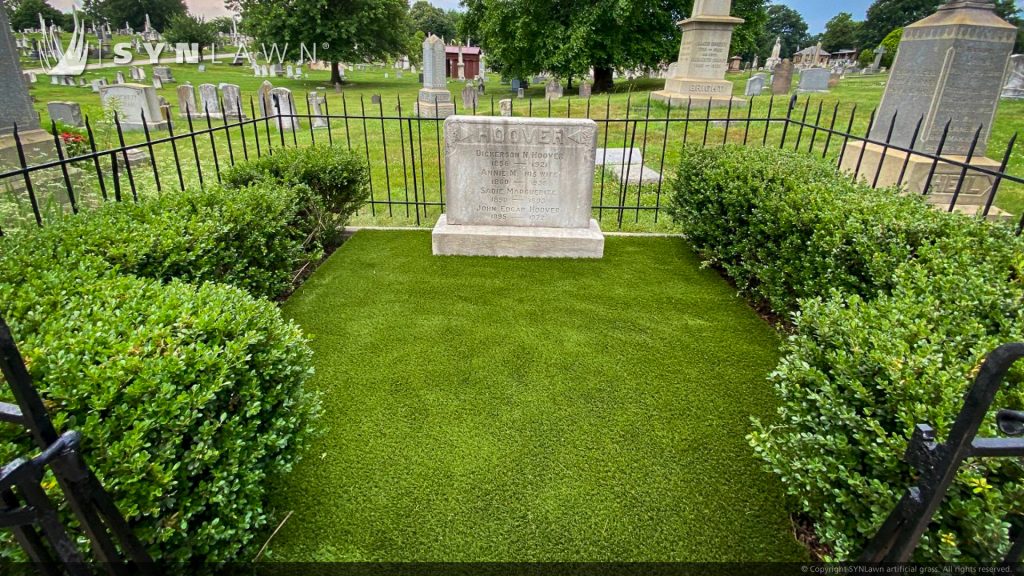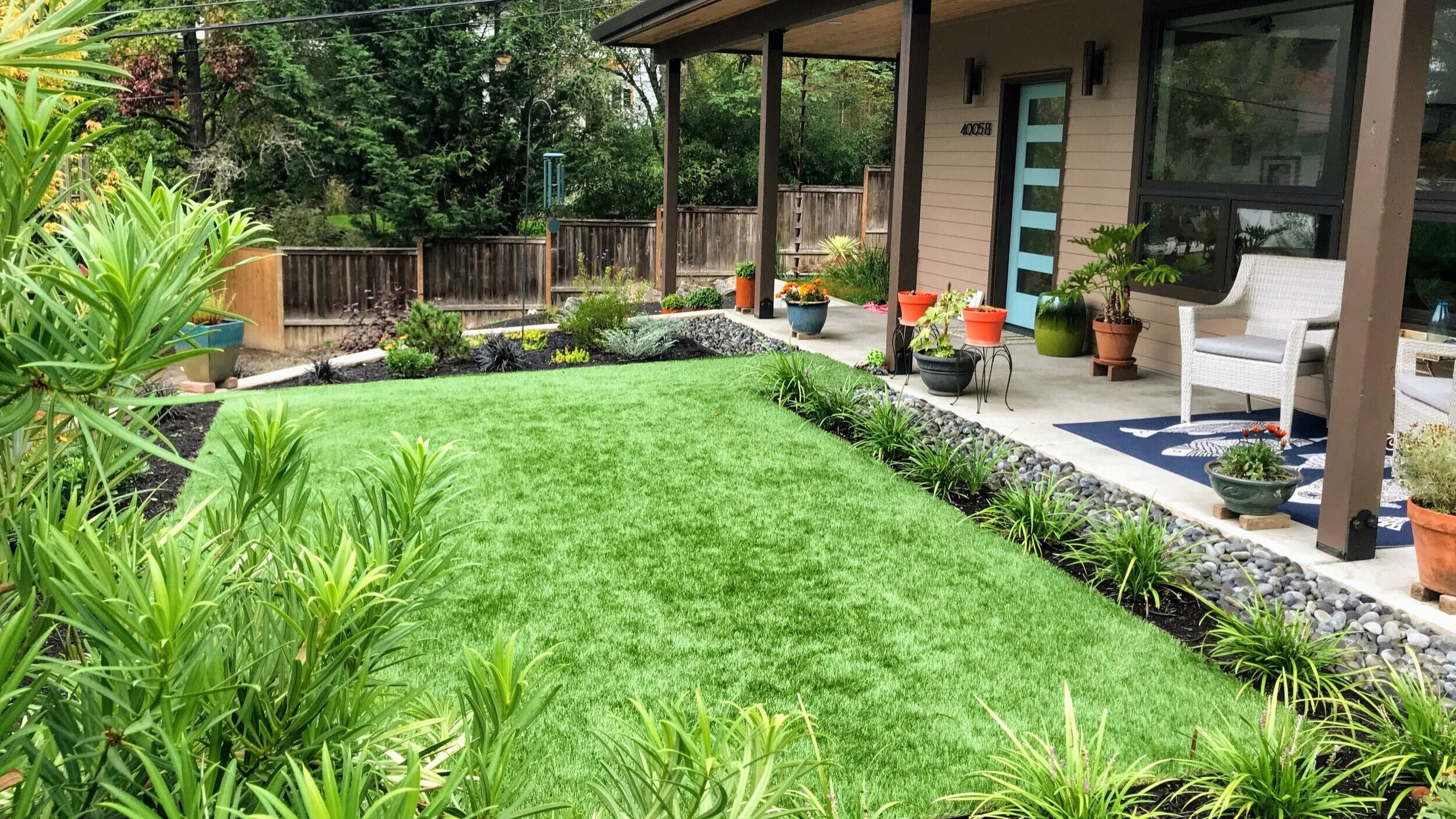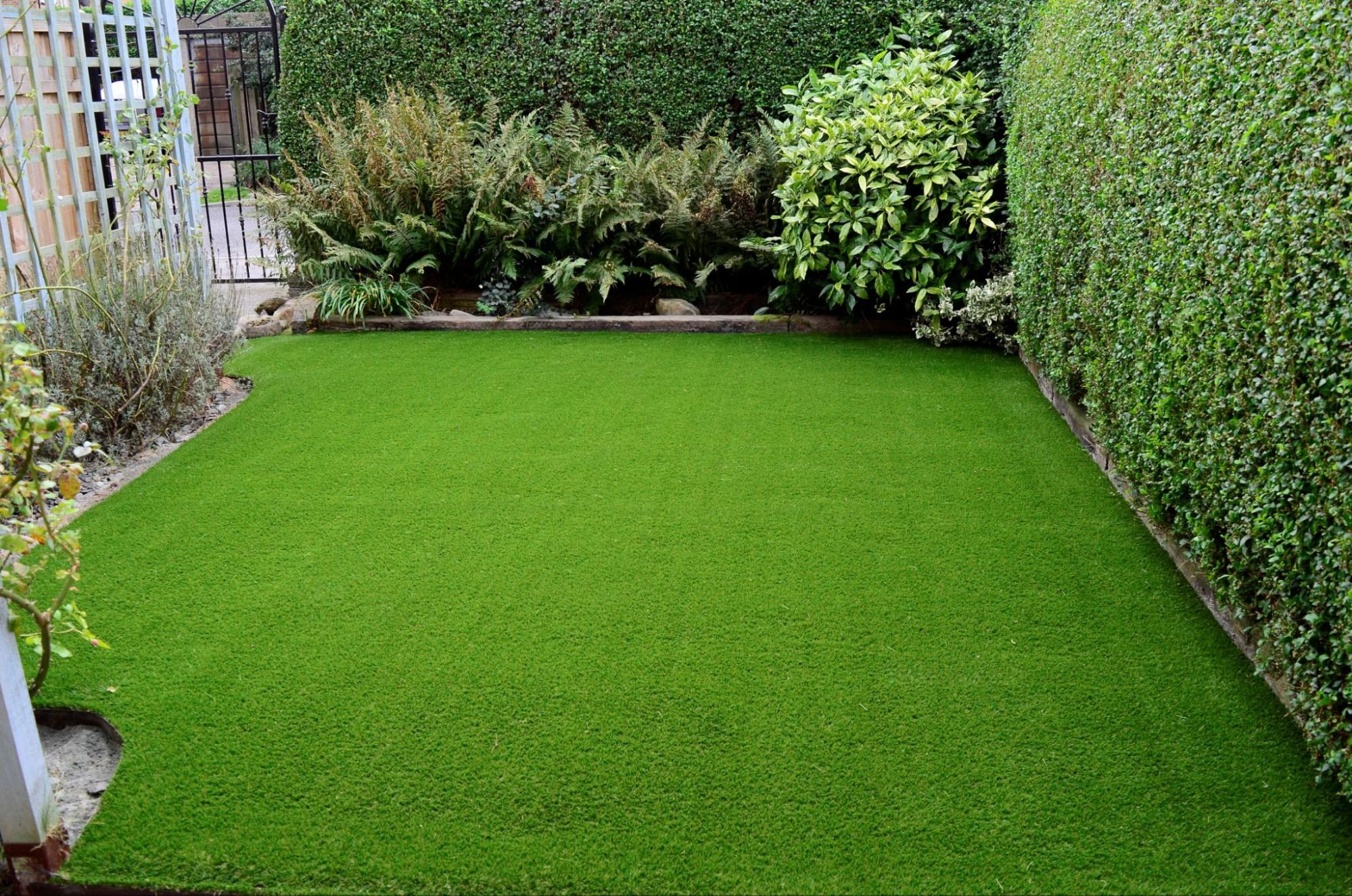Understanding Just How Artificial Turf Functions for Your Home and Garden
Synthetic lawn has actually emerged as a useful remedy for homeowners seeking to boost their outside spaces without the worries of traditional lawn upkeep. The implications of picking artificial turf expand beyond plain look; they touch upon environmental considerations and lasting sustainability.
Benefits of Artificial Grass
Identifying the growing appeal of fabricated lawn, it is necessary to explore its various advantages. Among the most significant advantages is the decrease in maintenance needs. Unlike natural lawn, man-made turf does not need mowing, fertilizing, or watering, which converts to time and expense savings for homeowners. This low-maintenance choice is especially appealing in areas with limited water sources, as it preserves water and decreases overall environmental influence (Mesa artificial grass).
In addition, artificial turf gives a consistently environment-friendly and lavish appearance throughout the year, no matter weather. This visual charm enhances the aesthetic quality of any kind of landscape, making it an attractive choice for household properties. Fabricated turf is durable and designed to withstand hefty foot traffic, making it an ideal service for households with pets and children.
Safety is another vital consideration; modern-day fabricated lawn is typically made from safe products and incorporates shock-absorbing technologies, reducing the risk of injuries during play. Last but not least, synthetic lawn is resistant to weeds and insects, removing the need for chemical treatments, consequently advertising a much healthier exterior environment. On the whole, the advantages of synthetic lawn make it a compelling alternative for boosting home and garden areas.
Setup Process Review
When taking into consideration the setup of man-made grass, a systematic technique is vital to make sure optimal outcomes. The setup process generally begins with thorough site preparation, which includes getting rid of the location of any existing turf, debris, and rocks. This action is crucial for developing a secure and degree foundation.
Next, it is necessary to evaluate the water drainage capacities of the area. Proper drain is crucial to stop water pooling externally, which can result in premature wear or issues with mold and mildew. This may need excavation and the setup of a drainage system if required.
Once the site is prepared, a base layer is set up, usually consisting of crushed stone or decomposed granite, compressed to create a strong surface. After achieving a smooth base, a geotextile textile is set to inhibit weed growth.
The last phase involves laying the synthetic grass itself. The turf rolls are put, cut to fit, and protected at the joints utilizing specific or glue grass tape. Finally, infill products may be put on enhance stability and boost the general look. Appropriately following these actions will certainly cause a durable and cosmetically pleasing synthetic grass setup.
Kinds Of Synthetic Grass

One of the main categories is domestic lawn, which is typically used in yards, yards, and play areas. Industrial turf, on the other hand, is engineered for high-traffic areas, such as sporting activities areas and local parks.
Another classification consists of landscape turf, which resembles all-natural yard closely to boost the visual appeal of gardens and outdoor areas. In addition, placing eco-friendly turf is especially made for golf fanatics, featuring a shorter pile elevation and a smooth surface area for an ideal putting experience.
Last but not least, pet-friendly lawn includes long lasting products and antimicrobial buildings to make certain a hygienic and safe environment for family pets. Selecting the right sort of synthetic grass is crucial for achieving the desired look and performance in your home and garden.
Maintenance Demands
Appropriate upkeep is important for expanding the life expectancy and appearance of synthetic grass. Routine upkeep not just boosts visual charm however additionally guarantees optimal performance. The primary maintenance jobs include brushing, rinsing, and evaluating the lawn.

Washing the turf with water helps get rid of dust, debris, and pet waste. Utilizing a pipe with a spray nozzle makes this job effective and reliable. In locations susceptible to hefty rains, ensure correct drain to avoid pooling.
Furthermore, regular evaluations for problems, such as splits or loose joints, are crucial. Prompt fixings can avert more significant concerns and maintain the stability of the turf. By sticking to these maintenance demands, property owners can take pleasure in the appeal and capability of their man-made turf for several years to find, ensuring a vivid and inviting outside room.
Environmental Factors To Consider
Synthetic grass presents an intricate selection of ecological factors to consider that require cautious analysis. Arizona artificial grass. While it decreases the requirement for water, plant foods, and chemicals, which are commonly associated with natural yard maintenance, there are substantial problems regarding its use, manufacturing, and disposal
The production of artificial turf involves petroleum-based products, questioning about fossil gas usage and greenhouse gas discharges. Moreover, the installment procedure usually needs a layer of infill, often made up of materials like crumb rubber, which can release dangerous chemicals right into the environment.

Disposal of synthetic grass provides an additional difficulty, as it is not naturally degradable and can contribute to garbage dump waste. Some reusing alternatives exist, however they are not extensively readily available or accessible.
Final Thought
In recap, artificial grass provides countless benefits for this article property and garden applications, including visual appeal, reduced upkeep, and security for animals and kids. Different types of fabricated grass cater to various demands and preferences, while ecological considerations highlight its possible sustainability benefits.
Generally, the benefits of artificial turf make it an engaging option for boosting home and yard spaces.
When taking into consideration the setup of synthetic grass, a systematic approach is necessary to ensure ideal outcomes. The lawn rolls are placed, reduced to fit, and protected at the joints using sticky or specific lawn tape. Appropriately adhering to these actions will result in a long lasting and aesthetically pleasing man-made lawn installment.
In summary, synthetic turf presents various benefits for property and garden applications, including visual charm, reduced maintenance, and safety and security view website for pet dogs and youngsters.